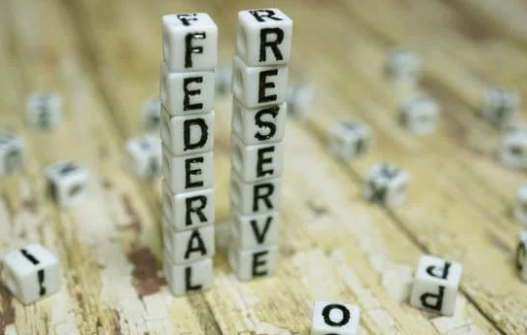Federal Reserve Maintains Interest Rates Amid Strong Job Growth
In the wake of February’s robust jobs report, the Federal Reserve has opted to maintain its current interest rate policy. Federal Reserve Chair Jerome Powell highlighted the importance of a cautious approach in response to strong labor market data, signaling that the central bank is not rushing into any adjustments. This decision reflects a commitment to closely evaluating economic indicators, particularly inflation and global economic conditions, before making any further moves in monetary policy.
Powell’s Statement on the Labor Market
During a recent press conference, Powell acknowledged the significant job growth reported, which underscored the resilience of the labor market. However, he tempered this optimism with a note of caution. “While the labor market remains robust, we must carefully monitor inflationary pressures and global economic conditions before making adjustments,” Powell emphasized. His remarks illustrate a prudent stance taken by the Fed, prioritizing long-term stability over immediate reactions to short-term trends.
Current Monetary Policy
Since January, the Federal Reserve has maintained steady interest rates, a decision influenced by various economic factors. One of the critical elements behind this strategy is the sign of moderating inflation. The Fed’s approach reflects a measured response to the evolving economic landscape, as they seek to balance job growth with inflationary pressures that could arise from an expanding economy.
Market Reaction
The market’s reaction to Powell’s announcement was largely positive. Investors welcomed the decision, causing U.S. stock markets to record modest gains by the close of trading that day. This positive sentiment can be attributed to the stability associated with maintaining interest rates, which analysts believe will foster continued economic growth without the burden of rising borrowing costs.
Lingering Concerns
Despite the optimistic view held by many, some economists voiced concerns about the potential need for the Federal Reserve to raise interest rates in the future. The fear is that inflation may accelerate in response to sustained economic expansion, which could put pressure on policymakers to implement rate hikes sooner than anticipated. This ongoing tension serves as a reminder of the delicate balance the Fed must strike in managing economic growth while keeping inflation in check.
Looking Ahead
As the Federal Reserve looks to the future, policymakers will be closely monitoring the upcoming inflation report, which is expected to be released next week. This report will likely provide crucial insights into the trajectory of monetary policy and inflation dynamics. The Fed’s actions in response to these data points will be closely scrutinized by market participants and economists alike, as the implications of these decisions can affect the broader economy.
Conclusion
The Federal Reserve’s decision to maintain its interest rate policy comes in response to strong job growth but is tempered by a cautious approach toward inflation and global factors. Chair Jerome Powell’s statements underscore the importance of carefully evaluating economic indicators before making significant policy adjustments. As the central bank remains vigilant, the financial markets are likely to continue reacting to upcoming economic data, which will shape the future economic environment. Ongoing discussions about the balance between sustaining growth and controlling inflation underscore the complexities of monetary policy in today’s economy.
FAQs
What is the current interest rate set by the Federal Reserve?
The Federal Reserve has maintained its interest rates at their current levels since January, opting for stability in light of recent economic indicators.
Why did the Federal Reserve choose to maintain interest rates?
The decision to keep interest rates steady is based on a combination of strong labor market growth and signs of moderating inflation. The Fed aims to ensure that economic growth continues without igniting inflationary pressures.
What potential challenges does the Federal Reserve face moving forward?
The Federal Reserve faces the challenge of actively monitoring inflationary pressures while supporting job growth. If inflation rises significantly, the Fed may have to reconsider its current stance and raise interest rates.
How do changes in interest rates affect the economy?
Changes in interest rates can significantly impact borrowing costs for consumers and businesses. Higher rates typically slow down economic growth by making loans more expensive, while lower rates encourage borrowing and spending, thereby stimulating the economy.

